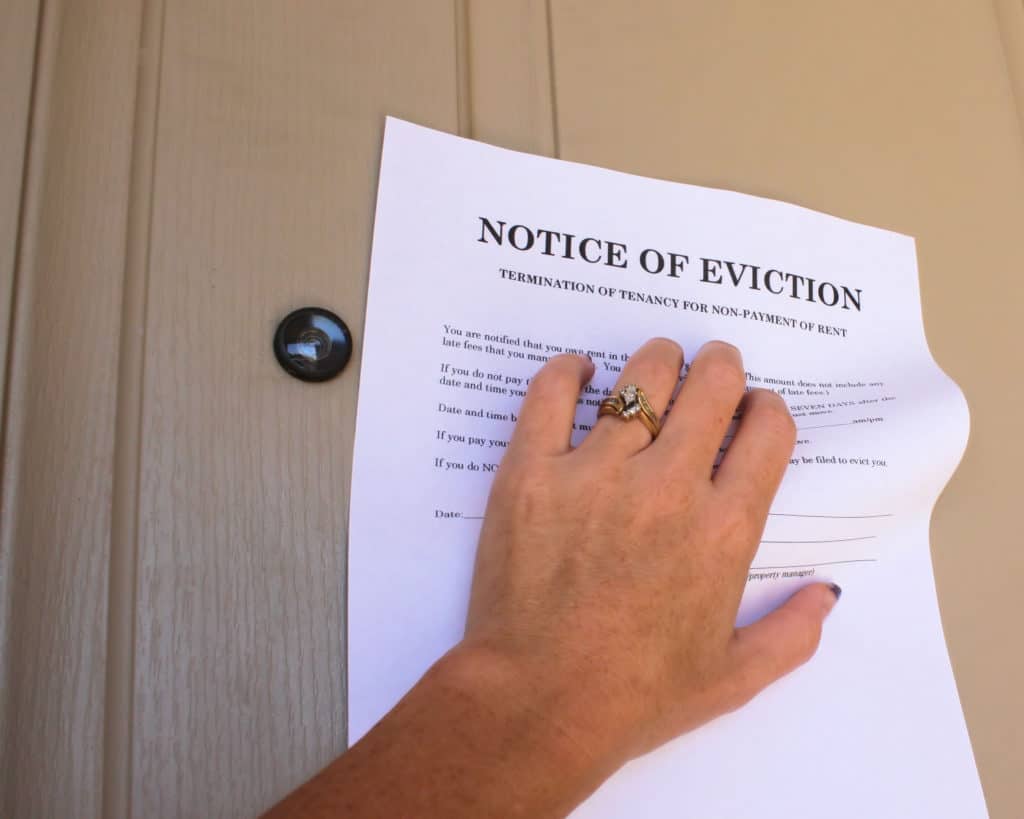Are you grappling with the eviction process in Texas? Understanding the ins and outs is crucial for both landlords and tenants.
From receiving the notice to navigating court procedures, each step demands your careful attention to Texas eviction laws. Knowing your rights and responsibilities as a tenant or landlord can greatly impact the outcome.
This article will walk you through the essential steps, empowering you to navigate the process confidently.
Eviction Notice and Lawsuit Process
When dealing with the Texas eviction notice and lawsuit process, you’ll first need to understand the specific steps and timelines involved. The process for eviction in Texas begins with the landlord serving a three- to 30-day eviction notice, followed by filing an eviction lawsuit with the court. This filing includes a complaint outlining the reasons for eviction.
Different types of notices, such as the default 3-day notice for nonpayment or lease violations, have specific requirements. After the court summons the tenant and a hearing takes place, a judgment is issued, which may include possession, court costs, attorneys’ fees, and back rent.
Court Summons and Hearing Procedures
To proceed from the eviction notice and lawsuit process, you’ll now delve into the Court Summons and Hearing Procedures in Texas. After the landlord files a claim, the court serves you, the tenant, a summons detailing the eviction case. The citation includes the necessary information and requirements, served either by the sheriff or constable.
Both parties attend the court hearing to present their cases and evidence to the judge. If you fail to appear, a default judgment may be entered against you, leading to eviction, court costs, attorney fees, and back rent. Understanding the grounds for eviction in Texas and your rights during the hearing is crucial as you navigate the legal process.
Tenant Response and Court Hearing
Your response as a tenant to the court hearing is a crucial step in the Texas eviction process. You have 14 days to file an answer after receiving the citation and petition.
Filing an answer is optional, but it allows you to present your case and evidence to the judge. If needed, either party can request a continuance for up to seven days, with longer continuances requiring written agreement from both sides.
During the hearing, both you and the landlord will present your arguments and evidence to the judge. Failure to appear may result in a default judgment entered against you, which could include possession, court costs, attorney’s fees, and back rent.
Be prepared with any relevant documentation to support your case.
Tenant Move-Out Process
Upon receiving a 24-hour notice to move out, you must take action promptly in the Texas eviction process. Once the landlord obtains a writ of possession and delivers it to the sheriff’s office for service, the sheriff will provide you with at least 24 hours to vacate the premises.
It’s crucial to adhere to this timeline as the sheriff can only forcibly remove you after the writ has been properly served. If you fail to vacate within the specified time frame, your belongings may be placed outside the unit in accordance with Texas laws.
Any personal property left behind after eviction will be subject to storage rules, and the sheriff may remove and store these items as authorized by the writ. Remember that you must be notified of any property storage within 72 hours after the writ’s execution.
Evicting Squatters in Texas
If a squatter meets specific criteria in Texas, they can be charged as trespassers and evicted. Squatters must meet certain conditions to claim a right of possession, considering factors like how long they’ve occupied the property and the nature of their possession.
Squatters with color of title may attempt to file for adverse possession, but landlords must adhere to proper legal procedures to remove them lawfully. It’s crucial to understand the relevant laws and regulations governing squatter eviction in Texas to navigate this process effectively.
Conclusion
In conclusion, navigating the eviction process in Texas can be complex and challenging, but understanding the laws and procedures can make a difference for both landlords and tenants.
By following the eviction notice and lawsuit process, court summons and hearing procedures, tenant responses, and the move-out process, you can ensure a smoother eviction process.
Remember to stay informed, communicate effectively, and seek legal advice if needed to protect your rights and responsibilities throughout the process.
Source: Explore
